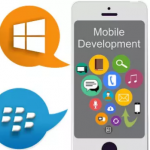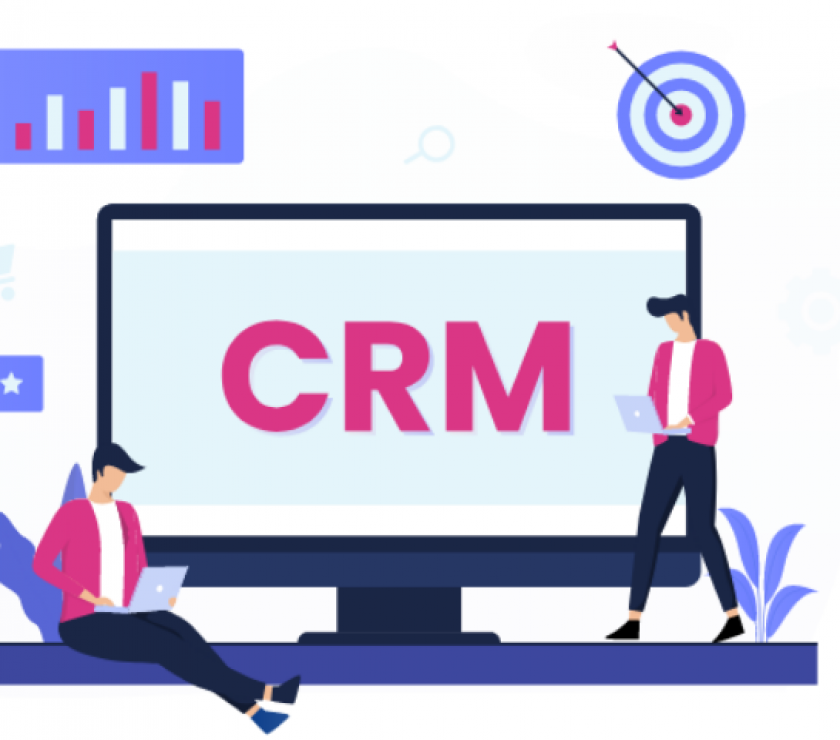Much is said about what CRM is today, but what exactly does CRM mean and how to use? See this definition of CRM:
CRM: Customer Relationship Management (or Customer Relationship Management, in Portuguese) is an approach that places the customer as the main focus of business processes, in order to understand and anticipate their needs, so as to serve them in the best possible way.
Okay, you get the concept of CRM. But what is CRM Development in practice? Is the concept related to any tool? What is it for and besides, how to use CRM anyway? Check out everything about CRM in this blog!
What Is CRM: All About Customer Relationship Management?
As you have seen, the acronym CRM stands for Customer Relationship Management or Customer Relationship Management, in Portuguese. At its core or in concept, CRM is a customer-focused business strategy. In other words, the company’s actions are focused on customer needs, rather than the products themselves. Thus, this strategy encompasses the areas of marketing, sales and customer service. But do not confuse the strategy with the CRM systems which allow the most effective application of the CRM strategy.
The Interaction Systems
Among the interaction systems, for example, are the automation systems of the customer service channels (Call Center), cash front systems (POS) and those systems used by the commercial team to record sales or schedule deliveries, known as “Sales Force” or Sales Force Automation (SFA).
Knowledge Acquisition Systems
Knowledge acquisition systems are those used to analyze data that has been collected by the Call Center, the cashier or the SFA. These systems assist, for example, in the study of transaction data (such as sales made) and relationship data (such as customer service through SAC). This data is processed and presented in the form of reports and graphs for decision making. The company can use it to segment customers, plan campaigns and stay on top of sales and relationship processes. When CRM data on customer service is analyzed, staffs have access to each customer’s history, which cases are in progress and which has been finalized, who made the last call, whether customers are satisfied with the products or services offered and efficiency of the company support team.




